Multimodal fNIRS-EEG measurements: Ensuring high-quality EEG recordings in integrated fNIRS-EEG setups
Combining functional near-infrared spectroscopy (fNIRS) and electroencephalography (EEG) offers several advantages in the field of neuroscience. The complementary nature of each modality, with fNIRS focusing on the hemodynamic response of the brain and EEG on the electric potentials of neurons, enables a comprehensive view of neural activity. To facilitate multimodal setups, integrated systems like ours offer the possibility to measure both modalities simultaneously. With the use of combined EEG-fNIRS holders, researchers have improved sensor placement flexibility by enabling electrodes and optodes to be positioned in the same location. While this approach improves the spatial distribution of the sensors and enables the placement of more electrodes and optodes, close proximity can lead to increased chances of interference (also known as crosstalk), visible in the EEG recording.
The challenge of crosstalk
Studies have shown that fNIRS optodes’ firings can introduce artifacts to the EEG recording. This crosstalk happens due to the electromagnetic fields that are generated by the driving currents controlling the light sources or transmitters [1-3]. Although this can be typically managed by placing EEG and NIRS sensors a small distance apart, for certain setups, a close proximity is required. In such cases, the measured EEG data could become distorted depending on the nature of the crosstalk, particularly when the artifacts occur within frequency bands of interest. However, as we will discuss in this blog, it is possible to achieve high-quality and interference-free EEG recordings in combined holders with our integrated fNIRS-EEG solution.
Evidence from Literature
A recent study conducted by Rogers et al. [4] and co-authored by Prof. David Boas (Director of Neurophotonics Center) at the University of Boston in collaboration with the Technical University of Berlin, demonstrated that it is possible to achieve high-quality EEG recordings without noticeable crosstalk, even when EEG electrodes and fNIRS optodes are co-located at close proximity using a shared holder (see Figure 1). In this work, EEG was recorded from active EEG electrodes with an average impedance of 4 ± 1.6 kΩ during 10-second epochs and with the state of the fNIRS transmitters alternating between on and off. Spectral analysis of the recordings showed no observable peaks at the optode firing frequency of 17.4 Hz. These findings suggest that it is possible to use a shared or combined holder for measuring both EEG and fNIRS in the same location, without compromising EEG signal integrity.
Figure 1: Adapted from Fig. 3 in Rogers et al. [4], presents the results from the conducted crosstalk analysis. The figure shows the spectral analysis from electrodes placed in combined holders (labelled according to their 10-05 position) and the average of all non co-located position (labelled as NC). The configured sampling frequency of the used fNIRS system (17.4Hz) is indicated by the gray shaded area. The panel to the left (c) represents the condition where the fNIRS system was actively sampling, while the figure to the right (d) corresponds to the EEG recordings with the fNIRS system turned “off”. The absence of a peak in the shaded area of panel (c) and the similarity between the two panels shows negligible crosstalk [4].
Our integrated solutions
At Artinis, we have been actively developing innovative solutions to facilitate the integration of EEG and fNIRS technologies for over eight years. Our fully integrated NIRS-EEG package allows for combining devices, such as the Brite, with wearable EEG systems, including our high-quality EEG amplifiers APEX and SAGA. For this combination, we offer a headcap that can accommodate different holder types depending on the needs of the researcher. The offered holders include (see Figure 2, from left to right):
Separate / independent optode holder
Separate / independent pin electrode holder
Separate / independent ring electrode holder
Combined optode and pin electrode holder
Testing for EEG–fNIRS crosstalk in our integrated setups
We performed a series of tests to evaluate the potential crosstalk between the measuring modalities with different holder combinations, specifically the combination of separate holders placed close to the transmitters and combined holders with pin electrodes on a transmitter or receiver was considered. The EEG recordings were collected using the APEX amplifier while alternating the state of the Brite between “on” (with the optodes actively firing) and “off” (no active sampling) on a subject with their eyes closed. A total of three 30-second blocks per Brite state were recorded. The power spectral density was calculated similarly to Rogers et al. by using the Welch method, with ten-second windows, on the raw data with no preprocessing.
The results of the described test with the Brite and the APEX are shown below (Figure 3, Figure 4). First, the power spectrum of the recordings obtained with the separate holders is shown under both “Brite on” and “Brite off” conditions. Lower impedances result in less crosstalk between the optodes and the EEG. Therefore, for testing the combined holders, impedances of the EEG electrodes were kept below 5kΩ, consistent with usual research recommendations and consistent with Rogers et al.’s results [4, 5]. The presence of crosstalk was qualitatively assessed by comparing the power spectrum across conditions and the absence of peaks around the sampling frequency of the Brite.
For set-ups using separate holders, no interference was observed in the EEG signals, even with the electrodes placed as close as 30 mm from the optodes (see Figure 2). As illustrated in the power spectral density below, there are no observable peaks at the Brite’s firing rate of 37 Hz for either type of independent electrode holder. This allows for interference-free measurements when using either ring or pin-electrode holders.
Figure 3: The power spectral density of EEG signals recorded from both ring and pin electrodes placed close to the Brite’s transmitter. The column on the left shows the calculated spectrum during trials where the sampling of the Brite was turned off, while the column on the right shows the spectrum for the trials where the Brite was actively recording at a sampling frequency of 37Hz. The shaded gray line indicates this frequency. Other physiological peaks are seen at lower frequencies, including a peak at around 10Hz, corresponding to alpha activity. Notably, no significant peaks are observed at 37Hz in any condition, which suggest little or no interference of the Brite on the recorded EEG signals.
In the case of combined holder set-ups, the chance of interference is higher due to the closer proximity of the EEG and NIRS sensors. However, using our shielded EEG cables and Brite NIRS optodes, no evidence of interference was found, as shown in the power spectrum below, where no peak is present at 37Hz (see Figure 4).
Figure 4:The power spectral density of EEG signals recorded from pin electrodes placed in a combined holder with the Brite’s optodes. The first row corresponds to data from electrodes co-located with the transmitters, while the second row refers to the electrodes co-located with the receivers. Similar to the previously shown figure, no observable peaks are present at the Brite’s firing rate of 37 Hz, marked by the grey line. Typical physiological activity, such as the 10 Hz alpha activity, is present. These results further suggest that, under low-impedance conditions, the interference from the Brite on the EEG is negligible, even when the EEG electrodes and fNIRS optodes are integrated into the same holder.
Conclusions
To summarize, consistent with Rogers et al., our results show that it is possible to obtain interference-free EEG measurement across all of our offered configurations for integrating EEG with the Brite. Notably, this was possible with passive electrodes, in contrast to the active electrodes used in Rogers et al.’s study. In addition to the different options for holders, our systems offer additional features to enhance signal quality, such as actively shielded cables that reduce susceptibility to electromagnetic interference. Furthermore, the Brite supports high sampling rates of 50 Hz or higher, which effectively prevents any overlap with typical EEG frequency bands of interest.
Recommendations
When using our integrated package, high-quality EEG recordings can be achieved with electrode impedances up to 8 kΩ, even when EEG electrodes and fNIRS optodes are placed as close as 30 mm apart using separate holders. In case of overlapping optode and electrode positions, we recommend using our combined holders and maintaining low electrode impedances (below 3 kΩ) to ensure optimal signal quality. If achieving low impedances is not feasible, configuring the Brite system to a high sampling frequency helps prevent any potential interference from affecting the typical EEG frequency range of interest and allows filtering out any crosstalk during post-processing.
References:
[1] Uchitel J, Vidal-Rosas EE, Cooper RJ, Zhao H. Wearable, Integrated EEG-fNIRS Technologies: A Review. Sensors (Basel). 2021 Sep 12;21(18):6106. doi: 10.3390/s21186106.
[2] von Luhmann A, Muller KR. Why build an integrated EEG-NIRS? About the advantages of hybrid bio-acquisition hardware. Annu Int Conf IEEE Eng Med Biol Soc. 2017 Jul;2017:4475-4478. doi: 10.1109/EMBC.2017.8037850.
[3] Bourguignon NJ, Bue SL, Guerrero-Mosquera C, Borragán G. Bimodal EEG-fNIRS in Neuroergonomics. Current Evidence and Prospects for Future Research. Front Neuroergon. 2022 Aug 12;3:934234. doi: 10.3389/fnrgo.2022.934234.
[4] Rogers D, O'Brien WJ, Gao Y, Zimmermann B, Grover S, Zhang Y, Gaona AK, Duwadi S, Anderson JE, Carlton L, Rahimi P, Farzam PY, von Lühmann A, Reinhart RMG, Boas DA, Yücel MA. Co-localized optode-electrode design for multimodal functional near infrared spectroscopy and electroencephalography. Neurophotonics. 2025 Apr;12(2):025006. doi: 10.1117/1.NPh.12.2.025006.
[5] Peltola ME, Leitinger M, Halford JJ, Vinayan KP, Kobayashi K, Pressler RM, Mindruta I, Mayor LC, Lauronen L, Beniczky S. Routine and sleep EEG: Minimum recording standards of the International Federation of Clinical Neurophysiology and the International League Against Epilepsy. Epilepsia. 2023 Mar;64(3):602-618. doi: 10.1111/epi.17448.
Do you have further questions or want additional information about our fNIRS-EEG combined package? Feel free to reach out at askforinfo@artinis.com.









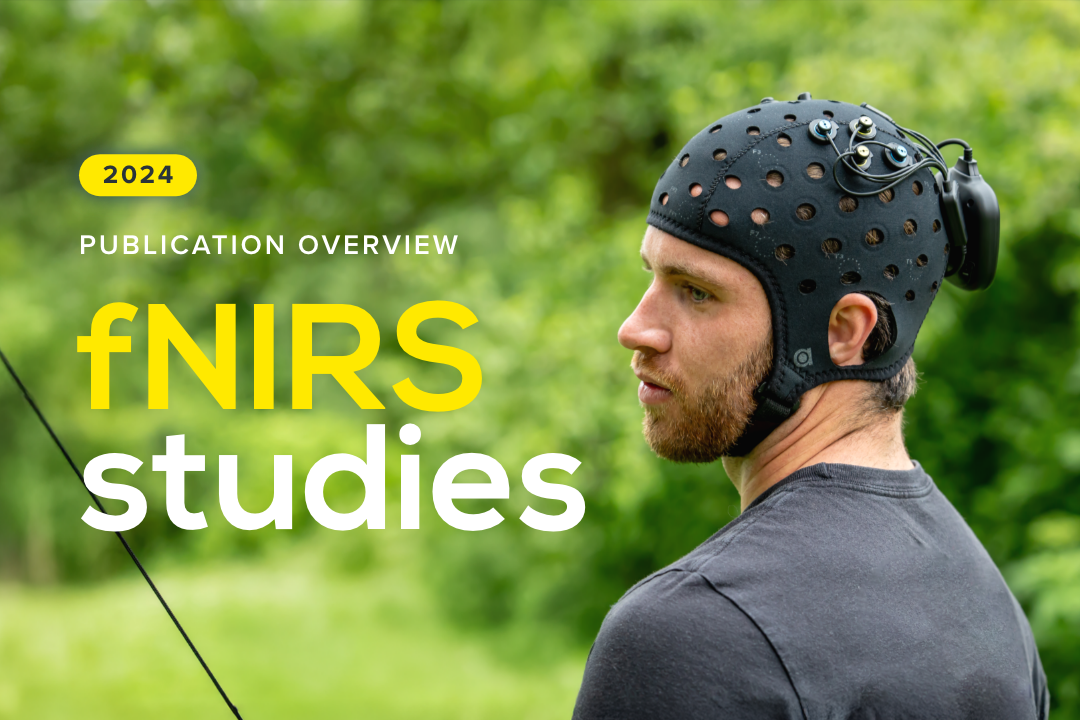
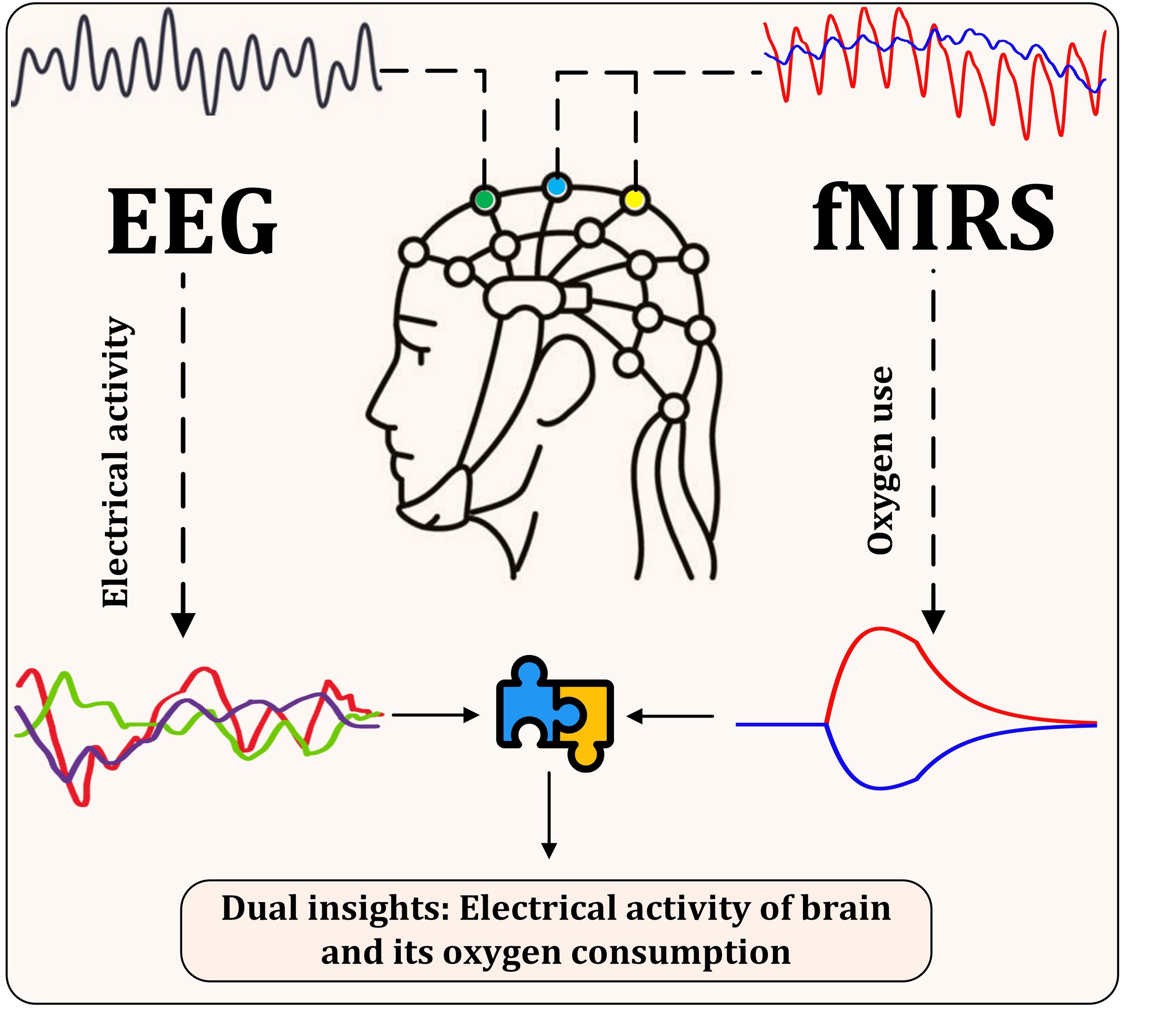
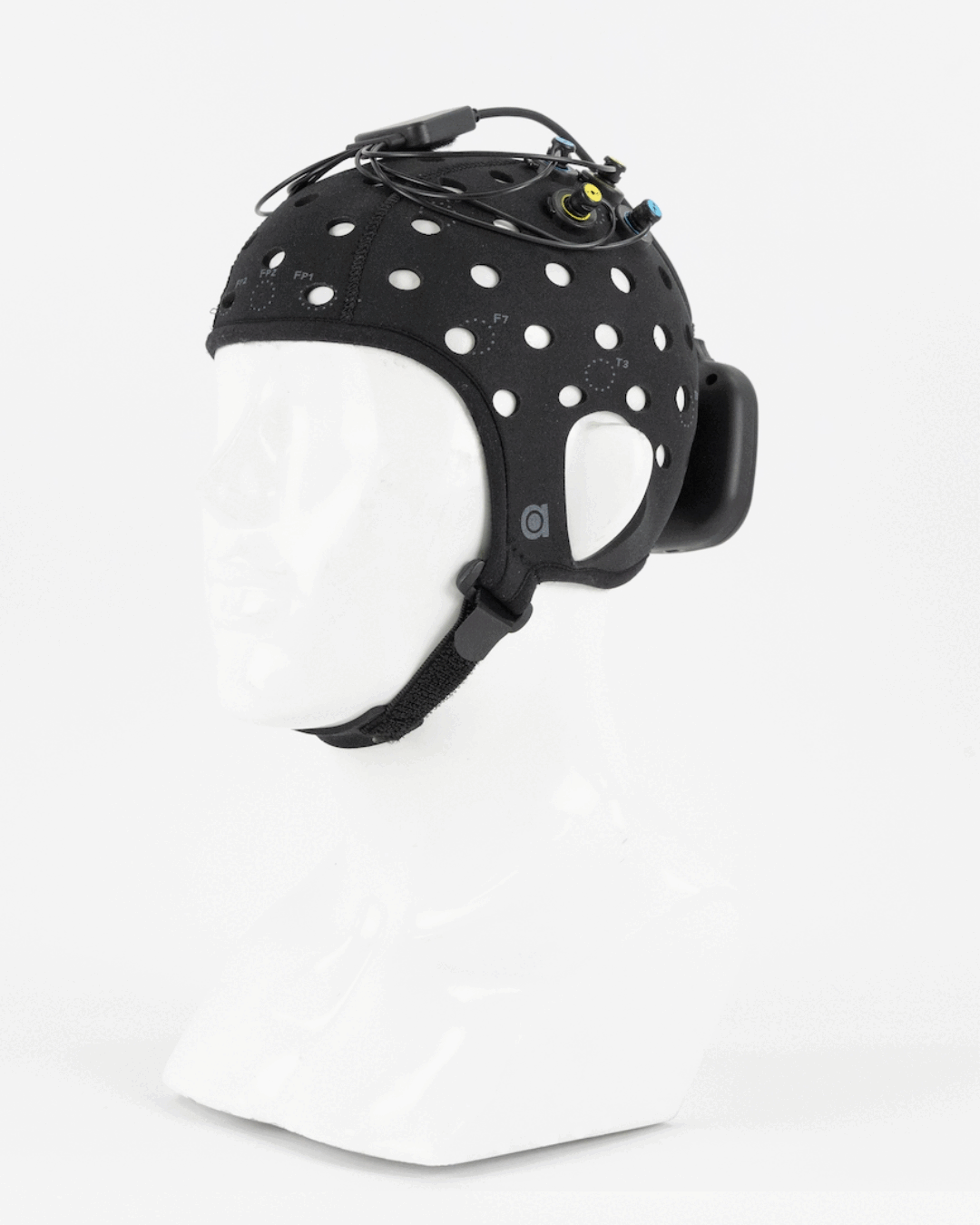
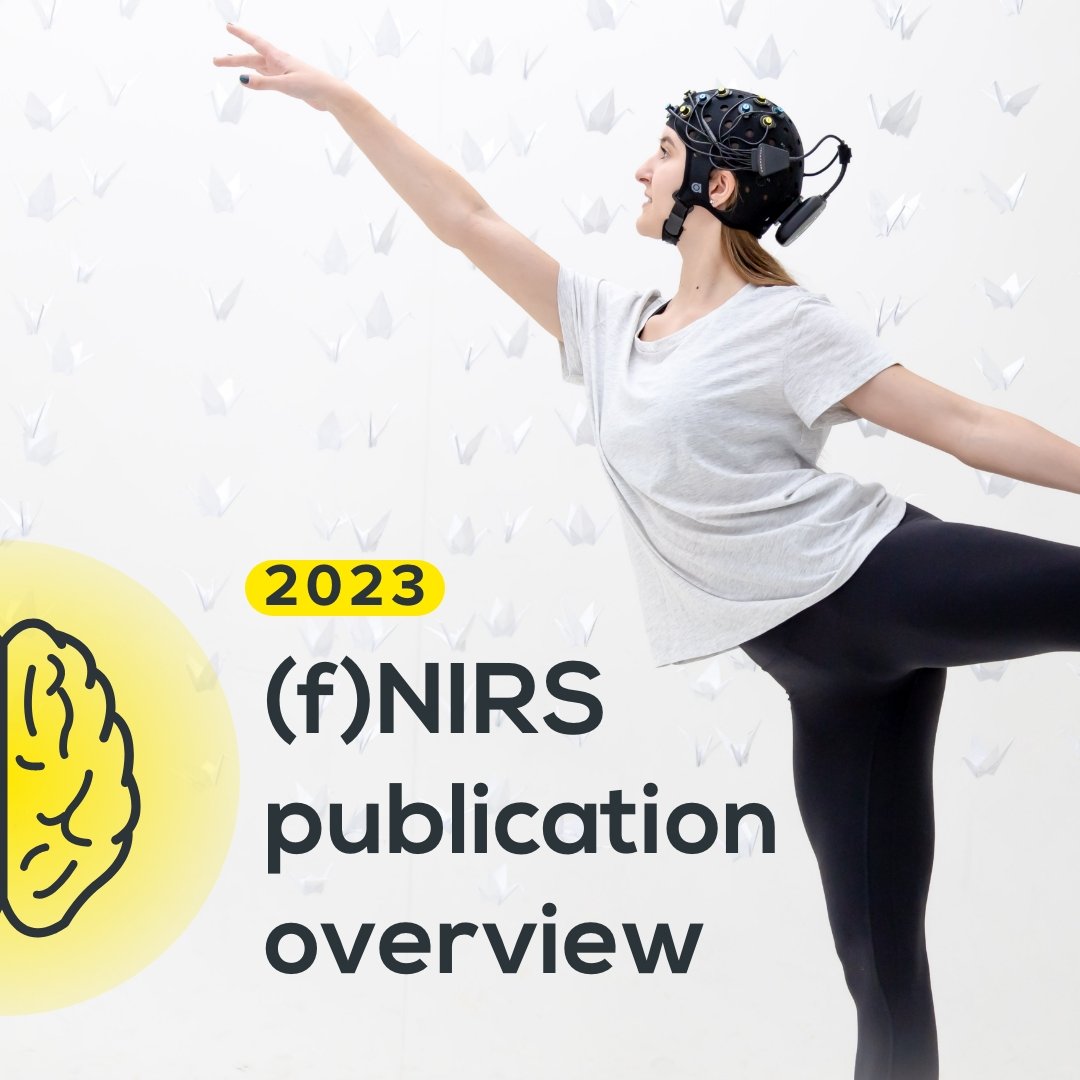


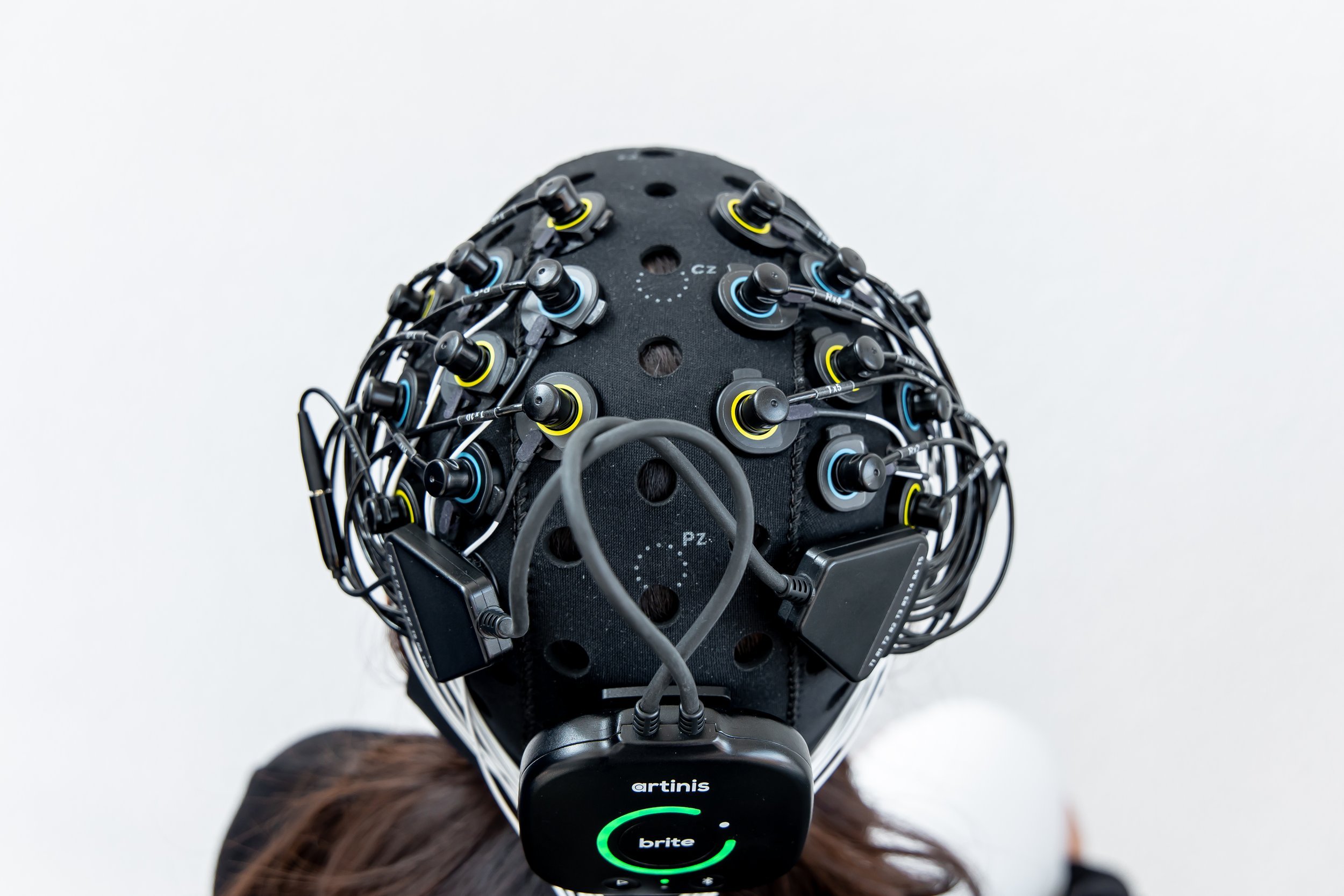

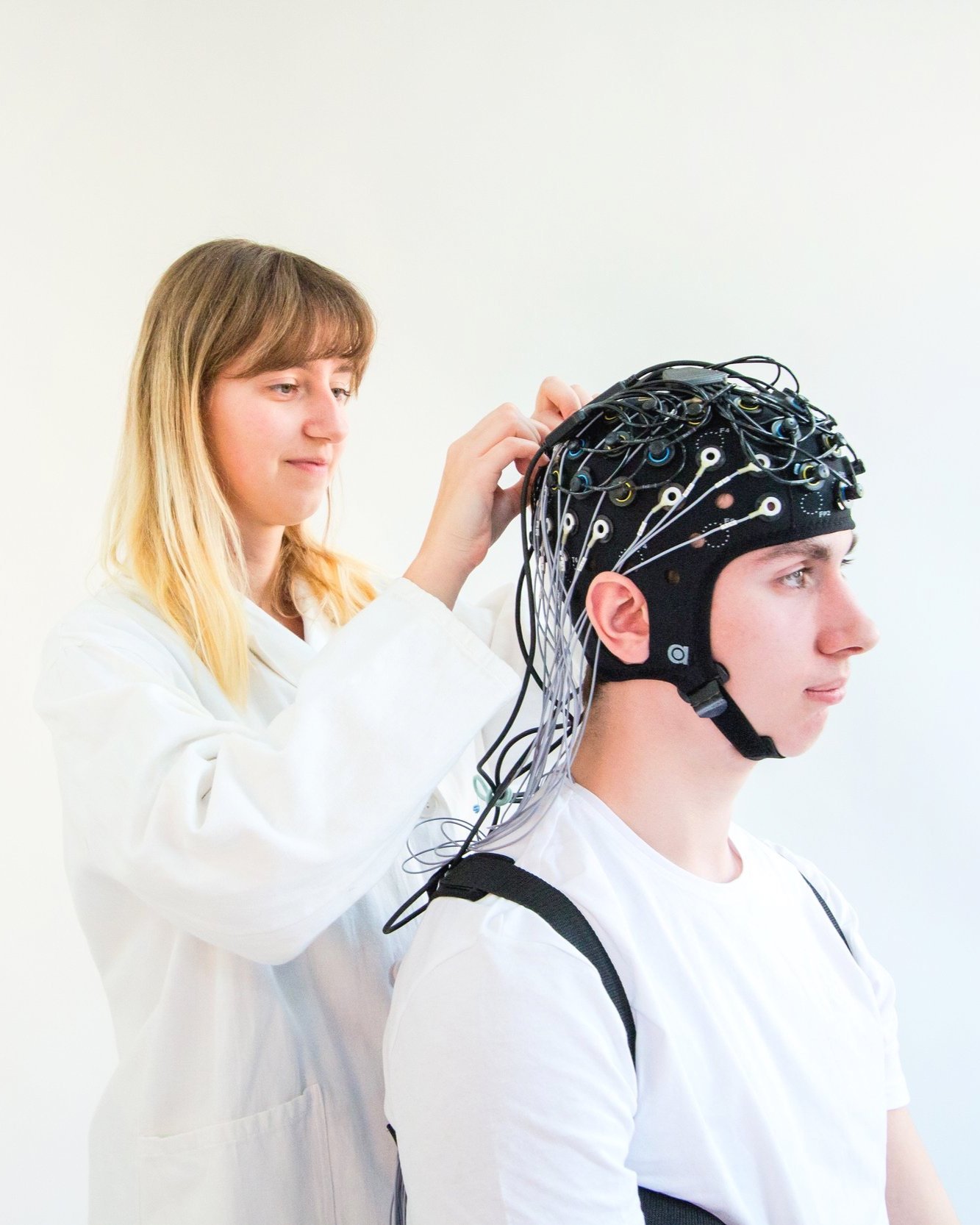
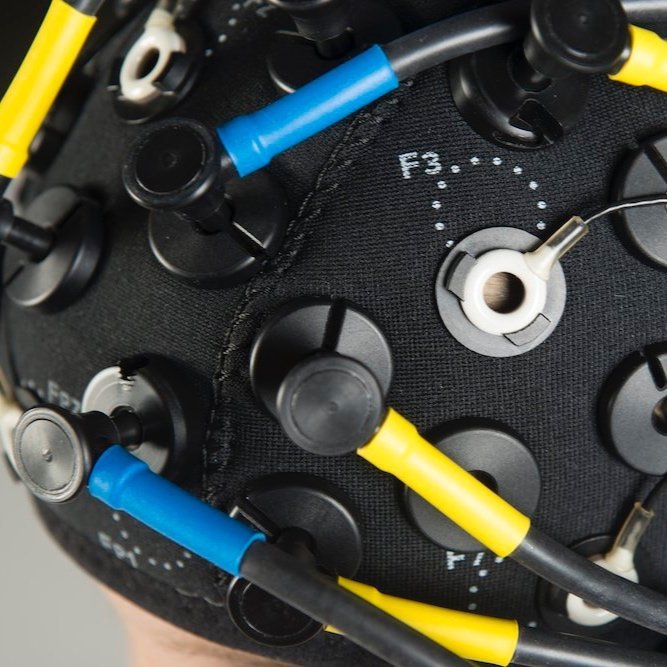
Both NIRS and HD-EMG are non-invasive and portable techniques for muscle measurements. Combining these two methodologies can provide complementary information and enable enhanced insights into muscle activity and metabolism in many applications. In this blogpost we explain both techniques and highlight the advantages of combining NIRS and HD-EMG!